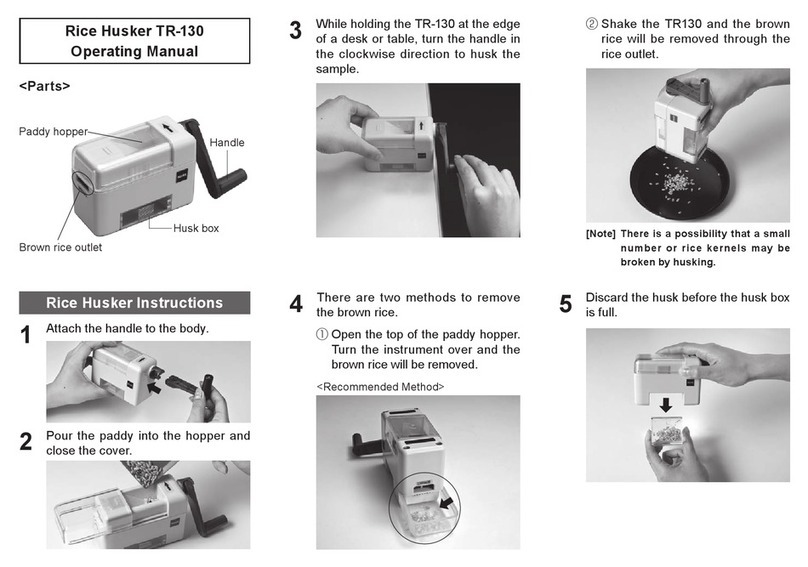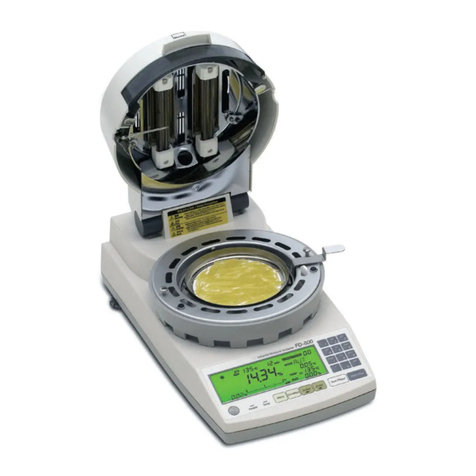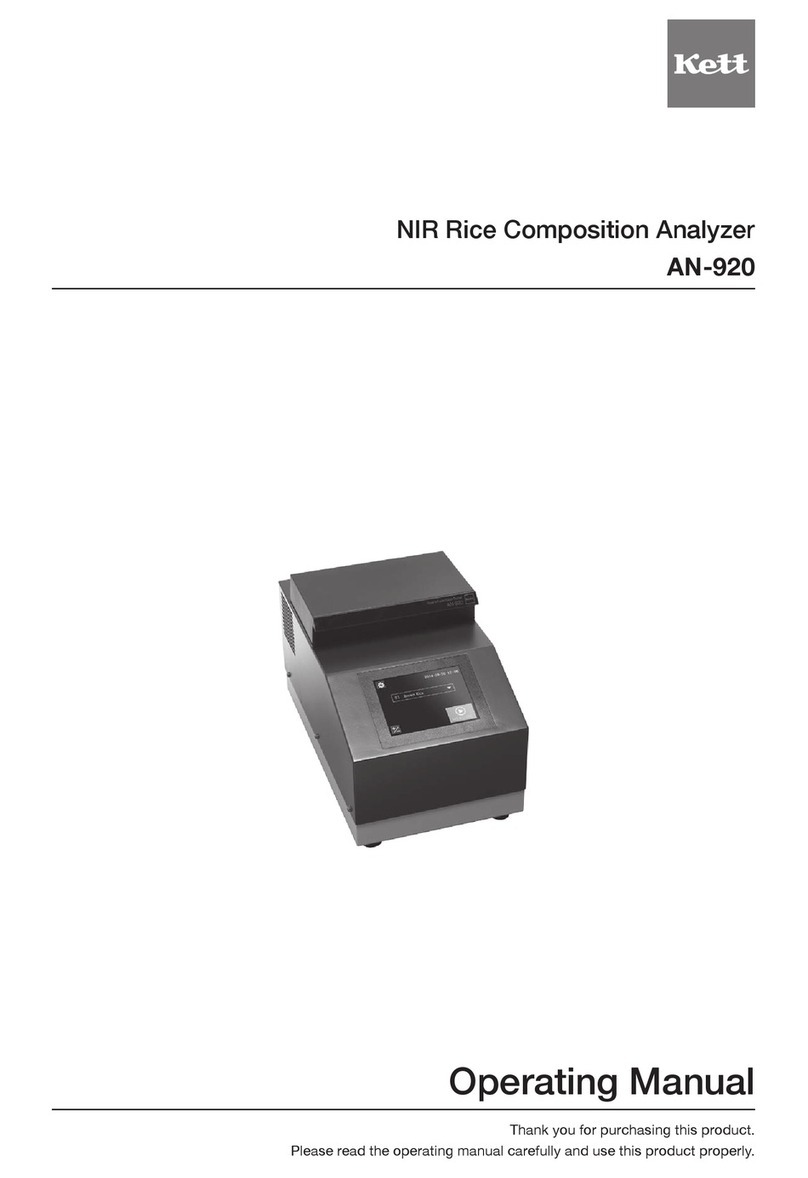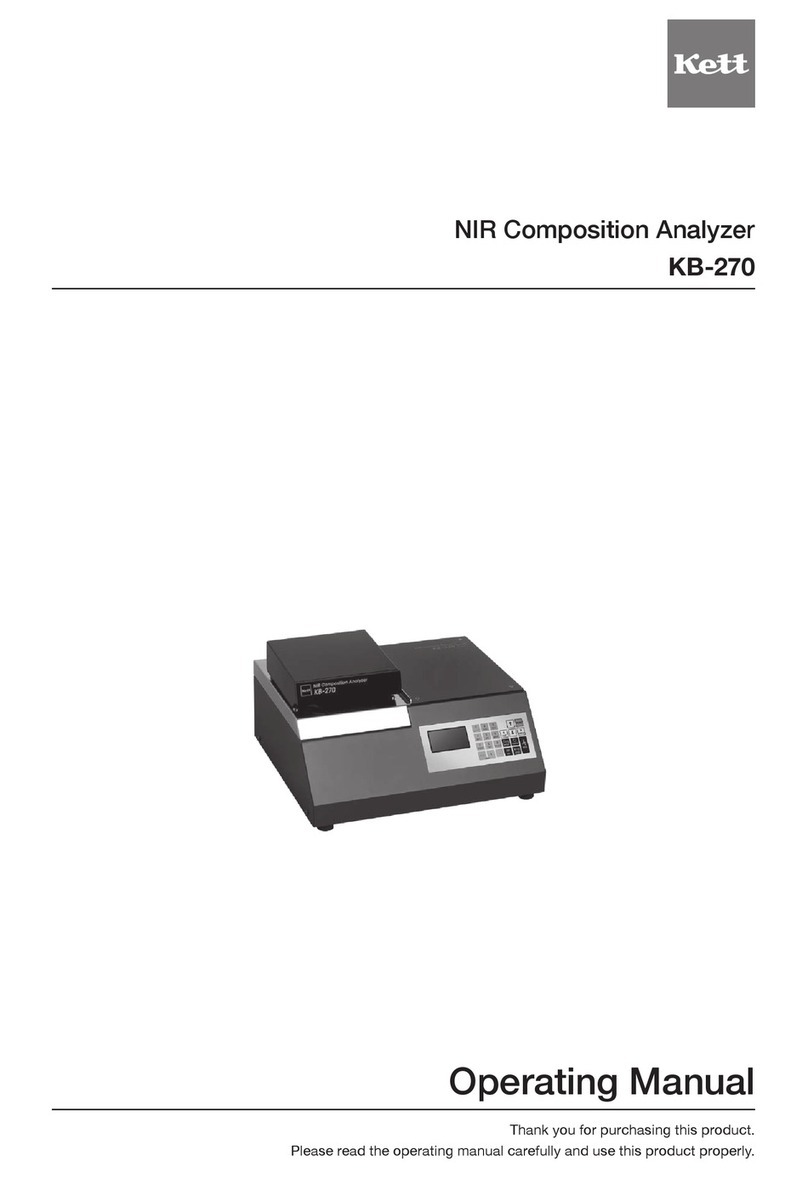CONTENTS
1. Safety Precautions ...........................................................................................................................4
2. Measuring Principle and Features..................................................................................................6
■ Measuring principle ....................................................................................................................6
■ Features .....................................................................................................................................6
■ Measurable objects ....................................................................................................................6
3. Specications ...................................................................................................................................7
4. Part Names........................................................................................................................................8
4-1. Names of Main Unit Parts ......................................................................................................8
4-2. Accessories ............................................................................................................................9
4-3. Display .................................................................................................................................10
4-4. Control Panel Functions ....................................................................................................... 11
5. Assembly and Installation .............................................................................................................12
■ How to manually specify the power supply voltage .................................................................14
6. Measurement Procedure................................................................................................................15
■ Tips on how to ensure accurate measurements ......................................................................18
● First measurement ..........................................................................................................18
● For multiple measurements in succession ......................................................................19
● How to use sample dish and aluminium foil sheet ..........................................................19
● Measurement of powdered, particulate, and viscous samples .......................................19
● Measurement of liquid sample ........................................................................................19
● Measurement of large particulate sample .......................................................................19
● Removal of soil, sample gas, and others ........................................................................19
● Deodorizing windshield case ..........................................................................................19
7. Specifying Measuring Settings .....................................................................................................20
8. Menu Settings.................................................................................................................................22
8-1. Setting for MODE (measuring mode) ...................................................................................22
● Setting for AUTO (automatic) mode ................................................................................22
● Setting for TIME (timed) mode ........................................................................................24
8-2. Setting for TEMP (drying temperature) ................................................................................26
8-3. Selection of UNIT (measurement standard and minimum display digit) ..............................28
8-4. Selection of OUTPUT (output format) ..................................................................................30
■ Outputting Past Measurement Data ...............................................................................32
■ Sample Printer Output ....................................................................................................32
■ Computer Interface .........................................................................................................32
■ Setting UP and Transmitting Data ..................................................................................32
■ Computer Output Format ................................................................................................33
8-5. Setting for BIAS (offset value) ..............................................................................................34
8-6. CAL (scale calibration) .........................................................................................................36
9. Maintenance....................................................................................................................................40
9-1. How to Perform Maintenance ..............................................................................................40
9-2. Fuse Replacement ...............................................................................................................40
9-3. Heater Replacement ............................................................................................................41
10. Error Display.................................................................................................................................42




































